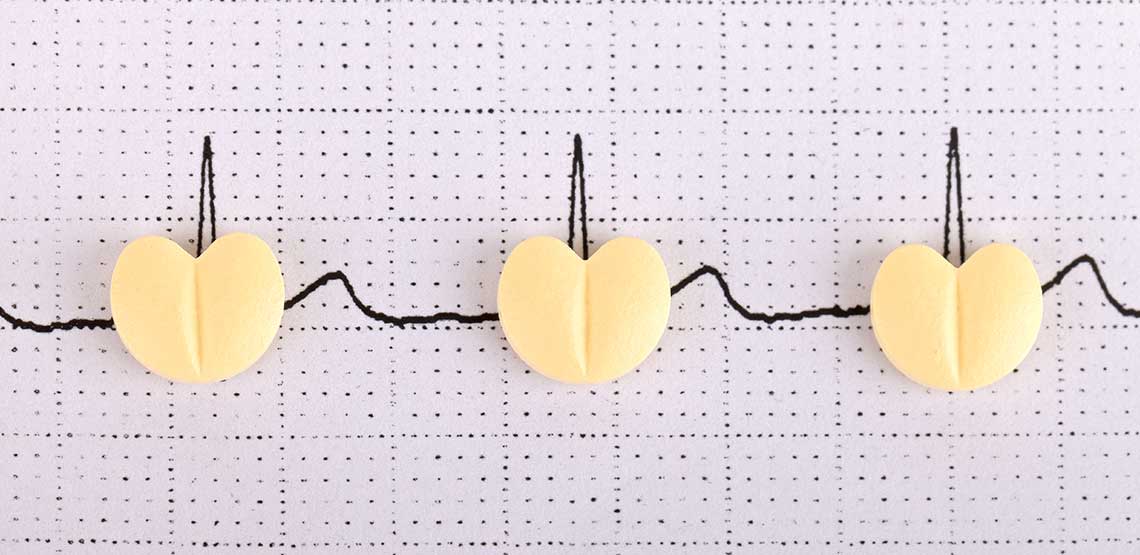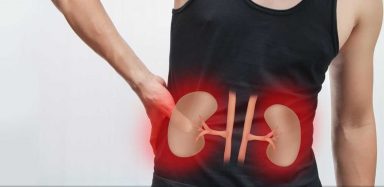What is Arterial Fibrillation?
This article will explore the different causes of arterial fibrillation, along with the symptoms, risk factors and treatment options like Vyndamax, a prescription medicine that treats polyneuropathy caused by an illness called hereditary transthyretin-mediated amyloidosis (hATTR amyloidosis).
Signs of an Irregular Heart Rhythm
- Palpitations: Sensation of fluttering, racing, or pounding in the chest.
- Dizziness or lightheadedness: Feeling faint or unsteady.
- Fatigue: Unexplained tiredness or weakness.
- Shortness of breath: Difficulty breathing or catching your breath.
- Chest pain or discomfort: May feel like pressure or squeezing.
- Fainting or near-fainting: Known as syncope or near-syncope.
- Fluttering in the chest: Atrial fibrillation may cause a noticeable quivering sensation.
- Uneven pulse: Palpable irregularity in the heartbeat.
Symptoms of AFib
AFib can lead to serious medical problems. According to the American Heart Association, having AFib can increase your risk of having a stroke by as much as five times.
Some people with AFib may not be aware they have the condition because they do not experience any symptoms. But in other cases, the following symptoms may be present:
- Irregular and fast heartbeat.
- Shortness of breath.
- Dizziness.
- Fatigue.
- Chest pain.
- Low tolerance to exercise.
- Weakness.
What Causes Afib?
There are many different causes of AFib. Many types of illnesses and diseases can damage the heart and eventually cause AFib. Conditions that are most commonly associated with developing AFib include the following:
Heart Attack
A heart attack involves a lack of blood to the heart. Part of the heart muscle may die, which can leave the heart weakened. Some people may develop AFib as a result.
Congenital Heart Defects
Congenital heart defects are present from birth and may affect the structure and function of the heart, such as an abnormal heart valve. Congenital defects can lead to an enlarged heart and other complications. People who have underlying structural problems may develop abnormal rhythms, such as AFib.
Underlying Conditions
Certain underlying medical conditions may weaken or damage the heart, such as sleep apnea, coronary artery disease, and lung disease. They may also be a cause of abnormal heart rhythms.
Drug Abuse
Some types of drug use, such as methamphetamines, can damage the organs of the body, including the heart. Meth use can lead to heart arrhythmias, including AFib.
Heart Failure
Heart failure occurs when the heart cannot pump effectively. A weak heart is a risk factor for developing abnormal heart rhythms.
Related Search Topics (Ads)
Risk Factors
It is not always clear why some people develop conditions that lead to AFib. For example, the reason why certain people are born with a congenital heart defect is not always known.
But there are many identifiable risk factors for other causes of AFib, such as those listed below:
- Age: A person’s risk of developing AFib increases with age.
- High blood pressure: Chronic high blood pressure can damage the heart and cause heart arrhythmias.
- Obesity: Obesity increases a person’s risk of coronary artery disease and other types of heart problems.
- Diabetes: People with diabetes are at an increased risk of various heart problems, including AFib.
- Smoking: Smoking damages the blood vessels throughout the body and is a risk factor for heart disease. It can also increase a person’s risk of abnormal heart rhythms.
- Family history: People who have a close blood relative, such as a parent with a history of AFib, appear to have an increased risk.
Treatment Options
It is essential for someone with AFib to talk with their doctor and determine if treatment is needed. In some cases, AFib can lead to a stroke, heart attack, or cardiac arrest.
According to the Centers for Disease Control and Prevention, in the U.S., AFib contributes to approximately 158,000 deaths every year.
Treatment for AFib may include:
- Medications to control abnormal rhythms
- Blood thinners to decrease the risk of a stroke
- Surgery to correct valve abnormalities
Prevention Methods
It may not be possible to prevent AFib in all cases. But there are several things you can do to decrease your risk. Making healthy lifestyle choices is the biggest factor in preventing AFib.
Heart-healthy lifestyle choices reduce your risk of several conditions, such as heart disease and diabetes, which may cause AFib.
To prevent AFib or reduce your risk, consider the following healthy lifestyle choices:
- Maintain a healthy weight: If you are overweight, talk with your doctor about a safe way to lose weight.
- Eat a heart-healthy diet: Try to limit excess salt and unhealthy fats, such as trans fat. Stick to lean protein, whole grains, and fresh fruits and veggies.
- Do not smoke: If you smoke, talk with your healthcare provider about ways to kick the habit.
- Stay active: Try to get regular exercise on most days of the week.
- Avoid excess caffeine: Caffeine can stimulate the heart rate, which may increase your risk of arrhythmias.
- Be cautious when using medications that contain stimulants: For example, some cold medications can have side effects, including increasing the heart rate.
- Decrease stress: Intense emotions can trigger heart problems. Find ways to cope with stress, such as deep breathing, relaxation exercises, or behavior modification techniques.
In Conclusion
Arterial fibrillation (AFib) is an abnormal heart rhythm that occurs when the upper chambers of the heart, called the atria, beat ineffectively. The condition can lead to life-threatening events, such as a stroke. So, what causes AFib and what symptoms does it present?
To learn more about AFib, it is helpful to understand what normal sinus rhythm involves. Normally, an electrical impulse starts in the SA node of the atria. The impulse travels through the four chambers of the heart, which work together to send blood throughout the body.
When someone has AFib, instead of the impulse originating from the SA node, different electrical impulses fire at the same time. This causes the atria to quiver in a chaotic manner, which interferes with blood moving into the ventricles normally.

